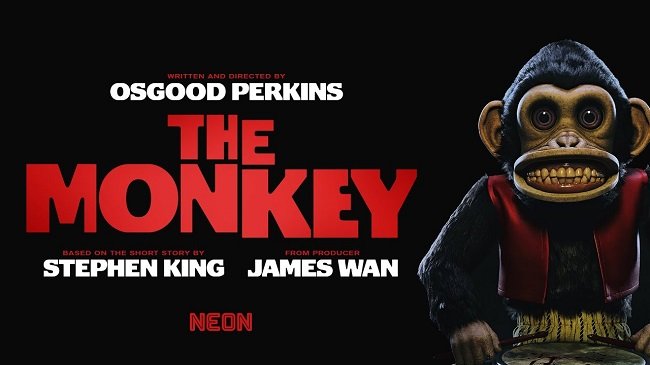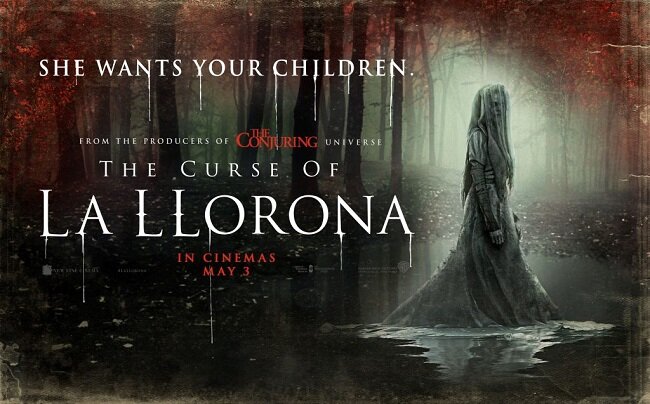The Woman in Black (1989)
They say that “absence makes the heart grow fonder”. Well until recently the 1989 UK television adaptation of Susan Hill’s ghost story, The Woman in Black has been conspicuously unavailable. There was a limited VHS release exclusive to the store WHSmith in 1990. This was followed by a Region 1 DVD release in 2000 which was a relatively small pressing of the media. Since then rights issues have dogged this TV movie, turning it into a genre classic among horror fans, which has often been discussed in hushed tones by those who saw the original TV broadcast and were left traumatised by “that scene”. However, Network Distribution have finally released a remastered Blu-ray (and DVD), complete with commentary from such luminaries as Mark Gatiss, Kim Newman and Andy Nyman (who appears in this adaptation). It can be viewed in a reframed 16:9 widescreen format or in its original 4:3 aspect ratio.
In 1925, London solicitor Arthur Kidd (Adrian Rawlins) travels to the coastal market town of Crythin Gifford in North East England to attend the funeral and settle the estate of a reclusive widow, Alice Drablow. Upon exiting the train, Kidd meets Sam Toovey (Bernard Hepton), a local landowner who is unsettled by his prospective dealings in the affairs of the late Mrs Drablow. Kidd finds the townspeople reluctant to talk about either the Drablow's home, Eel Marsh House and the family in general. When Kidd attends the funeral with local solicitor Pepperell, he notices a woman in black in the church and then again standing among the gravestones. He mentions the woman to Pepperell who seems most perturbed by the sighting. While travelling through the village, Kidd witnesses a lumber truck shed its load, hitting and crippling a Romani child. He rescues her, while the villagers watch on, preventing her from being crushed to death by further falling logs. Later as he goes through Mrs Drablows papers at Eel Marsh House, Kidd experiences disturbances of a supernatural nature. Are several voice recordings made on wax cylinders by Mrs Drablow the key to the mystery?
Based upon the 1983 novel, this made for television adaptation was written by genre stalwart Nigel Kneale. It is broadly faithful to the source text (unlike the 2012 remake) but makes some subtle changes. The ending in this instance is bleaker than that of the book but all the better for it. Kneale, a writer with a knack for atmosphere and dialogue, creates a delicious, slow burn ghost story with several disquieting scenes and an iconic jump scare that has now entered the annals of horror fame. Although he touches upon many familiar tropes of the genre he brings a fresh eye to them. The way the locals close ranks and balk at the mention of the Drablow family is quite palpable and the appearances of the woman in black herself are deftly handled. Initially the viewer doesn’t even realise she is a spectre. The production also uses sound effectively to build tension such as the clatter of hoofbeats on the misty causeway outside Eel Marsh House.
The Woman in Black is perfectly paced, building a sense of portentous ambience. Performances are spot on and the production is polished with a lot of period detail. The subject matter of infanticide is bleak but well handled. There is little violence or overt unpleasantness. Just a sense of growing menace in which a child ball can suddenly become an object of terror. Director Herbert Wise understood that less is more in certain instances and he cleverly executes simple and immediate set pieces. Like all good ghost stories, just enough information is provided to hold the supernatural elements together. The notion that a spirit over time loses all facets of their personality leaving behind only an all consuming rage, is thought provoking. And rather than offering a story of spiritual redemption or of laying a ghost to rest, The Woman in Black is more of a cautionary tale. The moral being that no good deed goes unpunished.




























